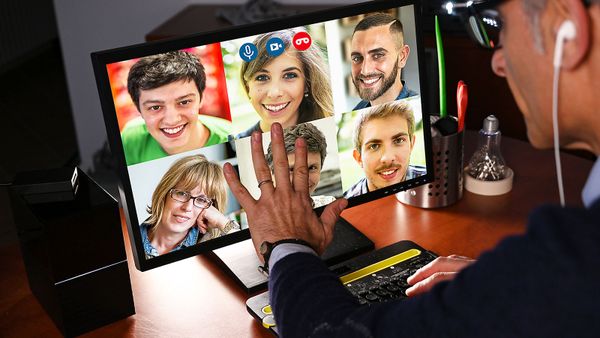
The pandemic is forcing millions of shelter-in-place workers and students to use a wide variety of videoconferencing tools for meetings and classes. This abrupt shift has caused innumerable faux pas, outright hilarity, and when it comes to technical problems, hair-pulling exasperation.
Due to audio and video problems – some self-inflicted, others due to the tools themselves – these online meetups often lack productivity. No matter which conferencing software you use, there are some steps you can take to ensure better video and audio, particularly when you're calling in from home.
Advertisement


